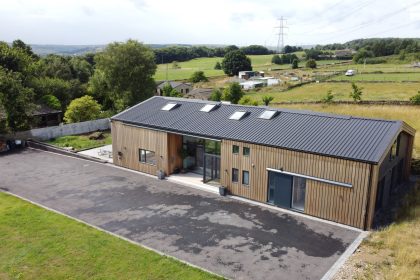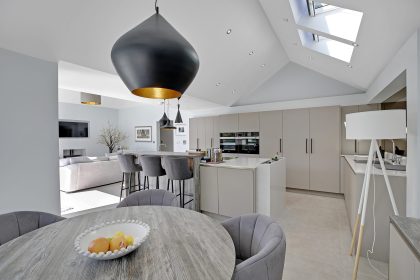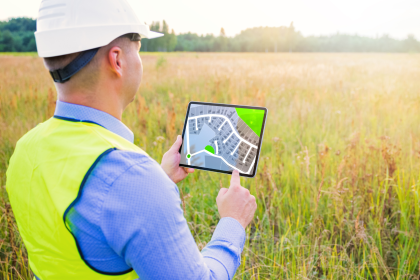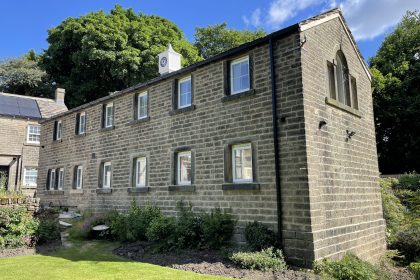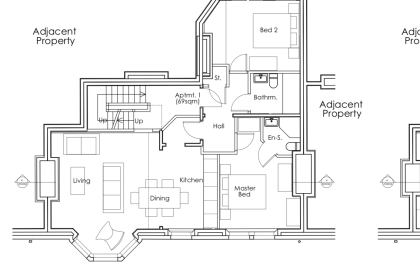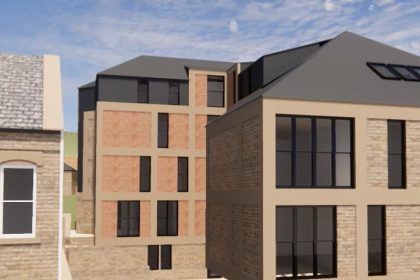 In recent years, multi-generational living has gained considerable traction across the UK. This housing trend – where multiple generations of a family live under one roof – has re-emerged as a solution to the challenges posed by rising living costs, an ageing population, and shifting family dynamics. In this blog, we’ll explore why multi-generational households are on the rise, the benefits they bring, and the unique ways in which families are adapting their homes to fit this lifestyle.
In recent years, multi-generational living has gained considerable traction across the UK. This housing trend – where multiple generations of a family live under one roof – has re-emerged as a solution to the challenges posed by rising living costs, an ageing population, and shifting family dynamics. In this blog, we’ll explore why multi-generational households are on the rise, the benefits they bring, and the unique ways in which families are adapting their homes to fit this lifestyle.
Why is Multi-Generational Living Growing?
Economic Pressures and Rising Property Costs
The cost of living in the UK has reached unprecedented levels, making it difficult for young adults to afford independent housing and for older generations to maintain large homes. By pooling resources, families can reduce housing costs, share bills, and minimize the financial strain associated with property maintenance. Multi-generational living is increasingly seen as a financially savvy way to leverage the shared benefits of a single property.
Ageing Population and Elder Care
The UK’s ageing population has created a demand for more accessible, supportive living arrangements. For many families, multi-generational homes provide an ideal solution for caring for elderly relatives. Living under one roof allows for immediate support, increased security, and emotional connection, reducing the need for care facilities while enhancing family bonds.
Family Cohesion and Emotional Benefits
This type of living fosters stronger family ties by enabling daily interaction across generations. The proximity allows grandparents to participate actively in their grandchildren’s lives, providing them with support and a sense of continuity. In turn, younger generations benefit from the wisdom and support of their elders, leading to a close-knit family structure.
Benefits of Multi-Generational Living:-
Shared Responsibilities and Household Tasks
Multi-generational households allow for a more equitable distribution of household chores, caregiving duties, and childcare responsibilities. This setup can alleviate pressures for parents and provide valuable learning experiences for children and teenagers who are involved in daily family tasks.
Enhanced Lifestyle and Social Support
Beyond practical advantages, living with extended family provides a built-in social network, which is especially beneficial for mental health and well-being. Elderly family members often experience a better quality of life surrounded by loved ones, while younger family members benefit from the mentorship and support of multiple generations.
Adapting Homes for Multi-Generational Living
As more families embrace multi-generational living, many are remodeling their homes to suit the needs of all family members. Some of the popular adaptations include:
Creating Private Spaces: To accommodate everyone comfortably, families are designing homes with separate living areas or annexes for privacy and independence.
Adding Accessible Features: With older family members in mind, families are incorporating features like stairlifts, wide doorways, and step-free showers to improve accessibility.
Flexible Living Spaces: Multi-purpose rooms and adaptable furniture solutions allow for efficient use of space and help accommodate changing needs over time.
Conclusion
Multi-generational living is becoming a viable solution for families looking to support one another while managing the costs and complexities of modern life. As this trend grows, families are discovering the unique benefits of close-knit living arrangements that combine economic savings with emotional and social support. Whether through thoughtful design adjustments or simply embracing new family dynamics, multi-generational living offers a powerful way to foster connection and care across generations.
If you are considering multi-generation living and would like to explore ways of adapting your spaces to cater for your new lifestyle, are you thinking of purchasing a new property to adapt or would prefer a new-build, why not reach out to us?
We are very experienced in adapting properties to suit the changing requirements of our clients, as well as designing & delivering new homes.

